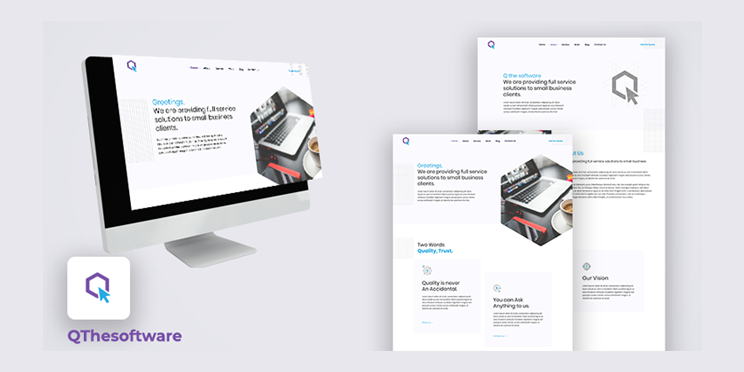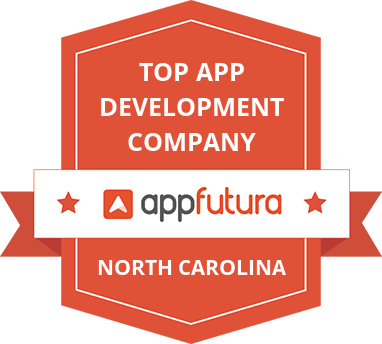Optimizing Pay-Per-Click (PPC) campaigns is a continuous journey of testing, learning, and refining. Whether you’re a small business owner looking for PPC marketing services in Ahmedabad or a large corporation in search of a reliable PPC service provider in Gujarat, these ten tips will help you improve your PPC campaigns’ efficiency and effectiveness.
1. Understanding Your Audience: The First Step to PPC Mastery
The journey towards PPC campaign optimization begins with a comprehensive understanding of your audience. This is not merely about knowing demographics but delving deep into the psychographics of your target market. What motivates them? What are their online searching habits? By employing analytics and social listening tools, marketers can uncover valuable insights into customer preferences and behaviors. This knowledge enables the creation of tailored ads that resonate on a personal level, significantly enhancing the likelihood of engagement and conversion.
2. The Art of Choosing the Right Keywords
Selecting the right keywords for your PPC campaign is akin to choosing the correct coordinates for navigation; they guide your ads to the right audience. The process involves balancing the broad appeal of general keywords with the specificity of exact match and long-tail keywords. General keywords, while reaching a broad audience, may not capture the specific intent of a searcher. On the other hand, long-tail keywords, which are more specific and often less competitive, can attract users closer to the point of conversion. Utilizing a mix ensures visibility across the spectrum of search intent.
3. Crafting Compelling Ad Copy: A Call to Action
The essence of compelling ad copy lies in its ability to speak directly to the reader’s needs and desires, urging them towards a specific action. This involves more than just a catchy headline; it’s about creating a narrative that aligns with the user’s search intent, offering a solution to their queries or needs. Your call-to-action (CTA) should be clear and enticing, prompting the user to click through for more. Whether it’s “Learn More”, “Sign Up Today”, or “Get Your Free Quote”, the CTA needs to be both relevant and persuasive, encapsulating the value that awaits them.
4. Optimizing for Quality Score: The Path to Efficiency
Google’s Quality Score is a crucial metric, acting as a barometer for the relevance and quality of your PPC ads, keywords, and landing pages. A high Quality Score not only enhances your ad’s placement but can also reduce your cost-per-click, stretching your advertising budget further. To optimize for Quality Score, ensure that your keywords are closely aligned with your ad copy and landing pages. This coherence signals to search engines that your content is highly relevant to the user’s query, rewarding you with better ad positioning at a lower cost.
5. Leveraging Ad Extensions
Ad extensions expand your ad with additional information, offering users more reasons to choose your ad over the competition. From location information to additional webpage links, callouts, and social proof, these extensions enrich your ads, making them more informative and appealing. By strategically selecting extensions that complement your ad content and campaign objectives, you can significantly improve your ad’s click-through rate (CTR). Moreover, ad extensions contribute to a higher Quality Score, further optimizing your PPC campaign performance.
6. Landing Page Optimization
The effectiveness of a PPC campaign is not solely determined by the ad itself but also by where it leads — the landing page. An optimized landing page provides a seamless transition from ad to action, designed with a singular focus: conversion. Key elements include a headline that echoes the promise made in the ad, concise and compelling content that reinforces the value proposition, and a clear, unambiguous call-to-action (CTA) that guides the user towards making a decision. Additionally, ensuring that the page loads quickly and is mobile-friendly are non-negotiables in today’s digital landscape, where speed and accessibility can make or break the user’s decision to engage further.
7. Implementing Negative Keywords
Negative keywords serve as the unsung heroes of PPC campaign optimization, allowing advertisers to refine their audience targeting by excluding search terms that are not relevant to their products or services. By identifying and implementing negative keywords, you can prevent your ads from appearing in response to unrelated searches, thereby reducing wasted spend and improving campaign relevancy. Regularly reviewing search query reports and updating your negative keyword list is a critical practice, ensuring that your ads remain focused on the audience segments most likely to convert.
8. A/B Testing Your Ads
A/B testing, or split testing, is a methodical approach to improving your PPC campaigns, where two versions of an ad are compared for performance. By changing one element at a time — be it the headline, description, image, or CTA — and analyzing the results, you can gain insights into what resonates best with your target audience. This continuous process of testing, learning, and optimizing is fundamental to refining your ads, ensuring that every element is fine-tuned to maximize engagement and conversion rates.
9. Monitoring and Adjusting Bids
Effective bid management is critical in the dynamic and competitive realm of PPC advertising. Monitoring performance metrics and adjusting bids accordingly can help you maintain visibility for high-performing keywords while reducing expenditure on those that do not deliver desired results. Bid strategies should be flexible, taking into account factors such as the time of day, device usage patterns, and geographic performance, to ensure that your ads are reaching the right audience at the right time and at the optimal cost.
10. Analysis and Refinement
The path to PPC campaign success is paved with data. Regular analysis of campaign performance is essential to uncover insights that can lead to further optimization. This involves going beyond surface-level metrics to understand the user journey, identifying which ads drive not just clicks but meaningful actions such as sign-ups or purchases. By adopting a data-driven approach to refinement, you can continually adjust your strategies, ensuring that your PPC campaigns remain aligned with your business goals and market dynamics.
Conclusion: Embracing Expertise with Global Vincitore
Optimizing PPC campaigns is an art and science that requires expertise, persistence, and a keen eye for detail. As a premier PPC service provider in Gujarat, Global Vincitore stands out through its partnerships with industry leaders like Meghmani Global in the chemicals sector and KP Group in energy. These collaborations underscore Global Vincitore’s expertise in driving substantial PPC campaign success across diverse industries, highlighting its commitment to excellence and measurable results. With a focus on innovation and tailored strategies, Global Vincitore continues to be the choice for businesses seeking impactful digital marketing solutions in Gujarat and beyond.
Frequently Asked Questions
Q1. How do I create a successful PPC campaign?
A. Setting up a PPC campaign that is successful begins with well-defined goals and objectives. To find pertinent keywords and improve your landing pages and ad text, use keyword research. Establish reasonable spending limits, keep an eye on performance indicators, and continuously improve your campaigns using data insights.
Q2. Which platforms can I use for PPC advertising?
A. Google Ads (previously known as Google AdWords), Bing Ads, and social media advertising platforms like Facebook Ads and LinkedIn Ads are the most widely used PPC advertising platforms.
Q3. What is the cost of PPC marketing?
A. PPC advertising costs vary based on competition, keyword competitiveness, and ad placement, among other considerations. Depending on the sector and target audience, advertisers set a maximum bid for each click, with fees ranging from a few cents to several dollars.




